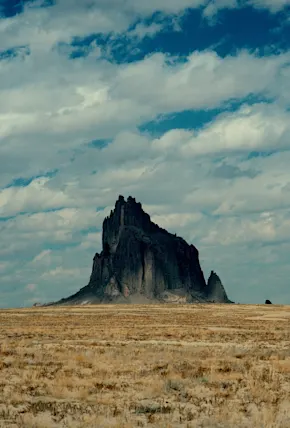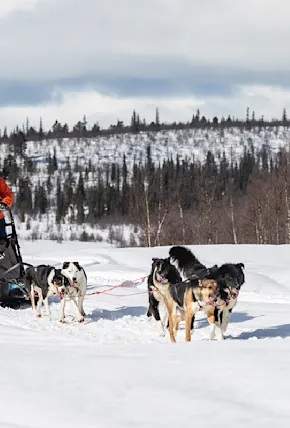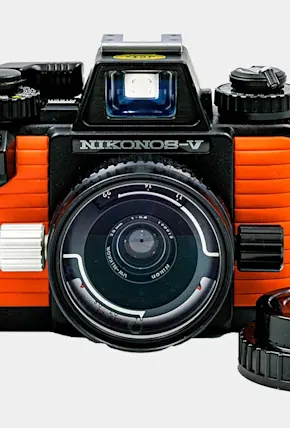Luis Ortega is a San Diego based photographer and film photographer. Follow Luis on Instagram for more beautiful images of Southern California life.
Setting off well before dawn from his home in Mexico City, Jorge Obregón drove with the familiar ease of a journey taken hundreds of times before. Thousands of people were up and about, beginning their regular workdays. The further we got from the city's center, the more traffic there was heading towards it. We were happy to leave the chaos that is everyday life in the nation’s capital.
As we arrived at our destination, the sun began to rise from behind Popocatépetl, a 17,800-foot tall active stratovolcano, the second-tallest in all of Mexico. Warm morning light would soon flood the agricultural terraces. A pleasant though powerful smell of chamomile greeted us as we opened the car doors. The field was covered with these flowers that were only days away from harvest. At 7:00 AM, Obregón began his work.


















